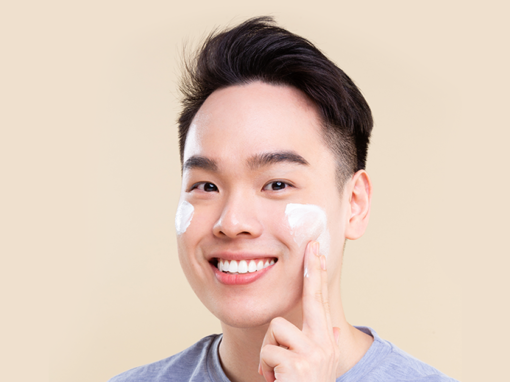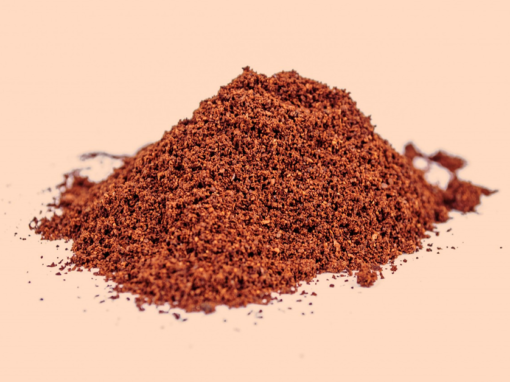Millions of people are affected by Androgenetic Alopecia, which is also known as pattern baldness and is one of the most frequently occurring types of hair loss. Although it’s commonly associated with men, this condition can affect people of any gender and age. Therefore, it’s crucial to comprehend its causes and how to treat it.
Understanding the potential triggers and available treatments is essential to managing this condition and maintaining healthy, luscious hair.
An overview of androgenetic alopecia
Androgenetic alopecia (AGA) is a common form of hair loss in both men and women. It is caused by hormones called androgens responsible for regulating hair growth. In AGA, the follicles in the scalp become sensitive to these hormones and shrink, resulting in thinning hair or baldness.
Causes of androgenetic alopecia
Here are five different causes of androgenetic alopecia:
Genetics:
Androgenetic alopecia is an inherited condition. Hair loss is hereditary and can come from either the mother or father’s side. Therefore, if your parents or grandparents experienced hair loss, you may also be at risk for it.
Hormones:
Androgens are hormones that play a key role in hair growth. In individuals with androgenetic alopecia, hair follicles are sensitive to androgens, which can cause them to shrink and produce shorter, finer hairs over time.
Age:
Hair growth naturally slows down, and hair follicles become less productive. Androgenetic alopecia is more common in older individuals, although it can occur at any age.
Stress:
Hair loss in some people can be triggered by emotional or physical stress. This type of hair loss is temporary and can be reversed by addressing the underlying cause.
Medical conditions:
Medical conditions like autoimmune diseases and thyroid disorders, can cause hair loss. Medications used to treat these conditions can also contribute to hair loss.
Androgenetic alopecia treatments
Minoxidil:
Minoxidil is a topical medication applied directly to the scalp. It is available over the counter and has been shown to effectively promote hair growth in men and women with androgenetic alopecia.
Finasteride:
Finasteride is an oral medication only available with a prescription. Its functioning involves preventing the transformation of testosterone into DHT, which is the hormone responsible for causing hair loss in people with androgenetic alopecia. Finasteride is more effective in men than women, and it can take several months to see results.
Hair transplant surgery:
The process of hair transplant surgery entails taking healthy hair follicles from one area of the scalp and relocating them to areas of the scalp that are experiencing hair thinning or baldness. This can be an effective option for individuals with androgenetic alopecia who have tried other treatments unsuccessfully. It is a surgical procedure and requires a skilled surgeon.
Low-level laser therapy (LLLT):
LLLT involves using a device that emits low-level lasers to stimulate hair growth. The lasers penetrate the scalp and stimulate hair follicles, promoting growth. LLLT can be done at home with a handheld device or in a clinic.
Scalp micropigmentation (SMP):
Scalp micropigmentation (SMP) is a procedure where tiny dots are tattooed on the scalp to make it look like there are hair follicles. It is an excellent option for hair transplant surgery or prefer a non-surgical option. A trained technician performs SMP, and regular touch-ups are needed to keep up the appearance.
Conclusion
Alopecia areata is experienced by both men and women. It is also known as androgenetic alopecia. Its exact remains unknown but it is believed to be a combination of genetic predisposition, hormones, and environmental factors. With proper care and treatment, those suffering from this condition can regain some of their lost hair or halt further progression.
FAQs
Does stress cause androgenic alopecia?
No, androgenetic alopecia (AGA) is not caused by stress or other psychological factors.
Can hair grow back after androgenetic alopecia?
Yes, in some cases, hair can grow back after androgenetic alopecia. However, treatments such as medications and surgery may be needed to help the hair regrow.
Does androgenetic alopecia happen suddenly?
No, androgenetic alopecia typically develops gradually over time. It starts with thinning hair on the top or crown of the head, followed by thinning on the temples and sides of the head.
What is the first stage of androgenetic alopecia?
Androgenetic alopecia is an inherited condition caused by sensitivity to androgens, which are male hormones. The first stage of androgenetic alopecia is a reduction in the diameter of existing hairs, decreasing their volume and overall coverage.
This article is for informational purposes only and does not constitute medical advice. The information contained herein is not a substitute for and should never be relied upon for professional medical advice. Book a consultation with andSons medical team to learn more about healthcare treatments here.


